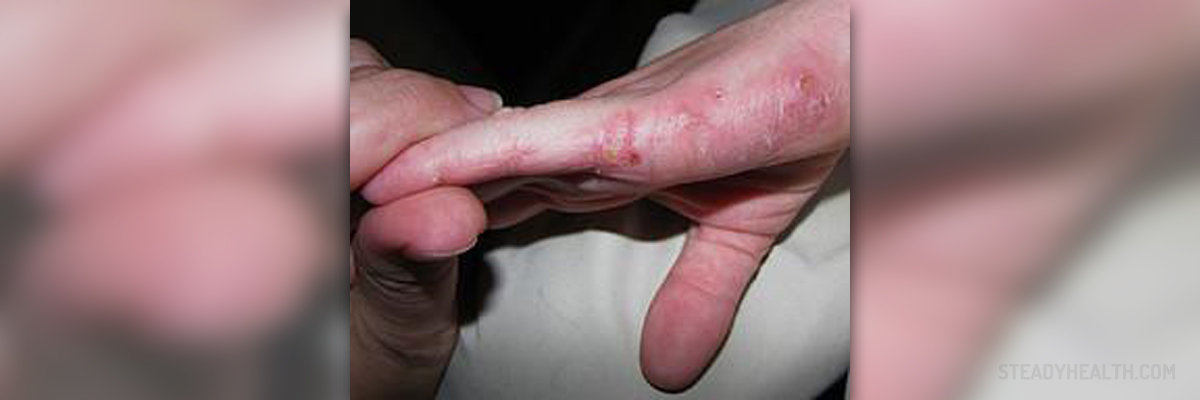
Dyshidrotic eczema is a skin inflammatory condition affecting only hands, fingers and soles of the feet. It occurs in a form of tiny blisters scattered over the mentioned areas. If there are blisters on the hands solely, the condition is often referred to as cheiropompholyx and if it affects only feet it is known as pedopompholyx.
Dyshidrotic Eczema - Causes
Even though scientists have not managed to identify the underlying cause of this type of eczema, it seems that a history of allergic contact dermatitis (particularly to nickel) plays a significant role in the onset of skin inflammation and formation of blisters. Patch testing does not have to point to any allergen that may be culprit of dyshidrotic eczema. Still, what is known is that dyshidrotic eczema tends to become worse due to stress.
There is also a chance that people suffering from this type of eczema are actually genetically predisposed to this condition. It is also highly likely that it occurs due to abnormal sweating. Finally, dyshidrotic eczema is connected to exposure of the affected body parts to certain irritants such as soaps, detergents and solvents.
Dyshidrotic Eczema - Symptoms and Signs
This is a chronic condition with recurrent outbreaks. The recurrence is triggered either by stress or previously mentioned exposure to irritants.
In mild cases the skin on the affected pars may peel while more severe forms are characterized by formation of big blisters and cracks which interfere with different activities. Initially, while blisters are still erupting, the skin is itchy and one may also complain about burning sensation. In later stages the skin shows signs of peeling, cracking and crusting. Many times the skin additionally gets affected by secondary bacterial infection. In such cases apart from pain in the area, the skin becomes red and tender to touch and covered with pustules. Crusting occurs as well.
Symptoms and signs of dyshidrotic eczema are the worst during the summer months.Dyshidrotic Eczema - Treatment
Apart from general measures these patients are due to follow like, maintaining impeccable hygiene with mild cosmetic products and avoidance of all potential triggers of eczema, there are treatment prescribed by well experienced health care professionals which additionally help with all unpleasant symptoms of this type of eczema.
Oral antihistamines are excellent for itching, Calamine lotion cools the affected skin and emollient hand creams keep the skin soft. Some patients are prescribed a short course of topical steroids. Antibiotics are used only in case of secondary bacterial infection. More complex cases are treated with PUVA therapy and extreme forms of dyshidrotic eczema require medications like methotrexate, dapsone, azathioprine or botulinum toxin.


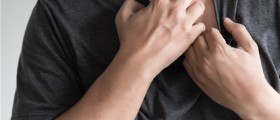
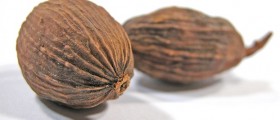

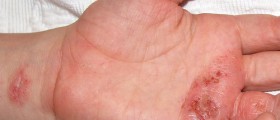

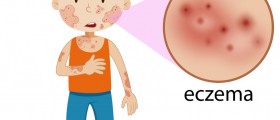


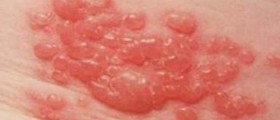




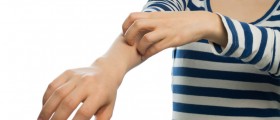

Your thoughts on this
Loading...